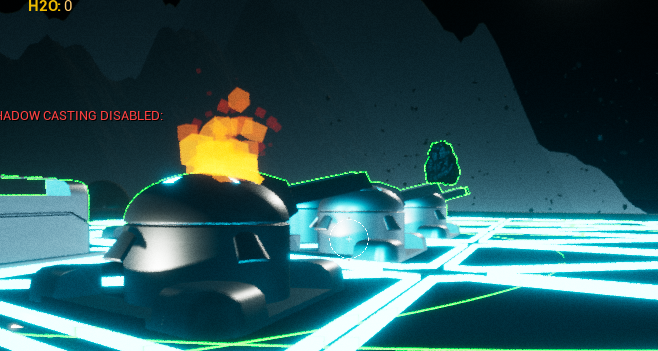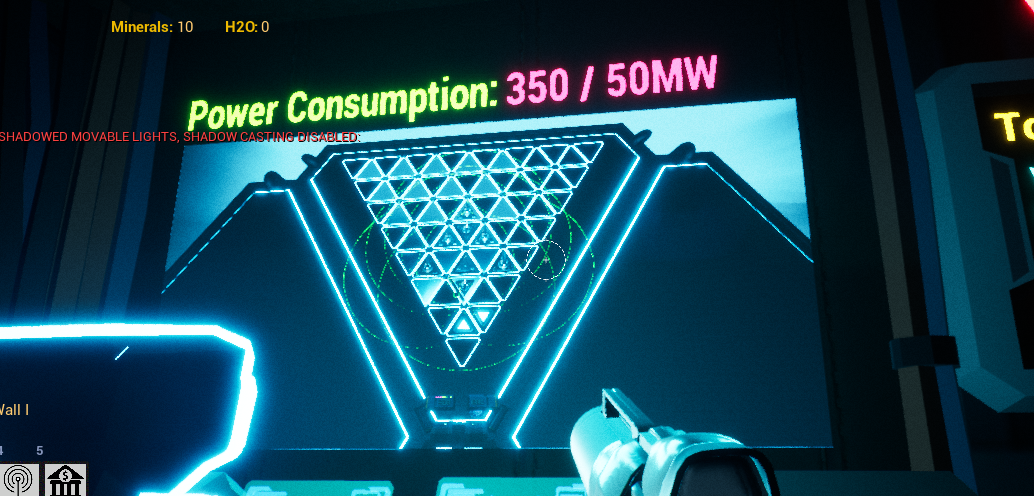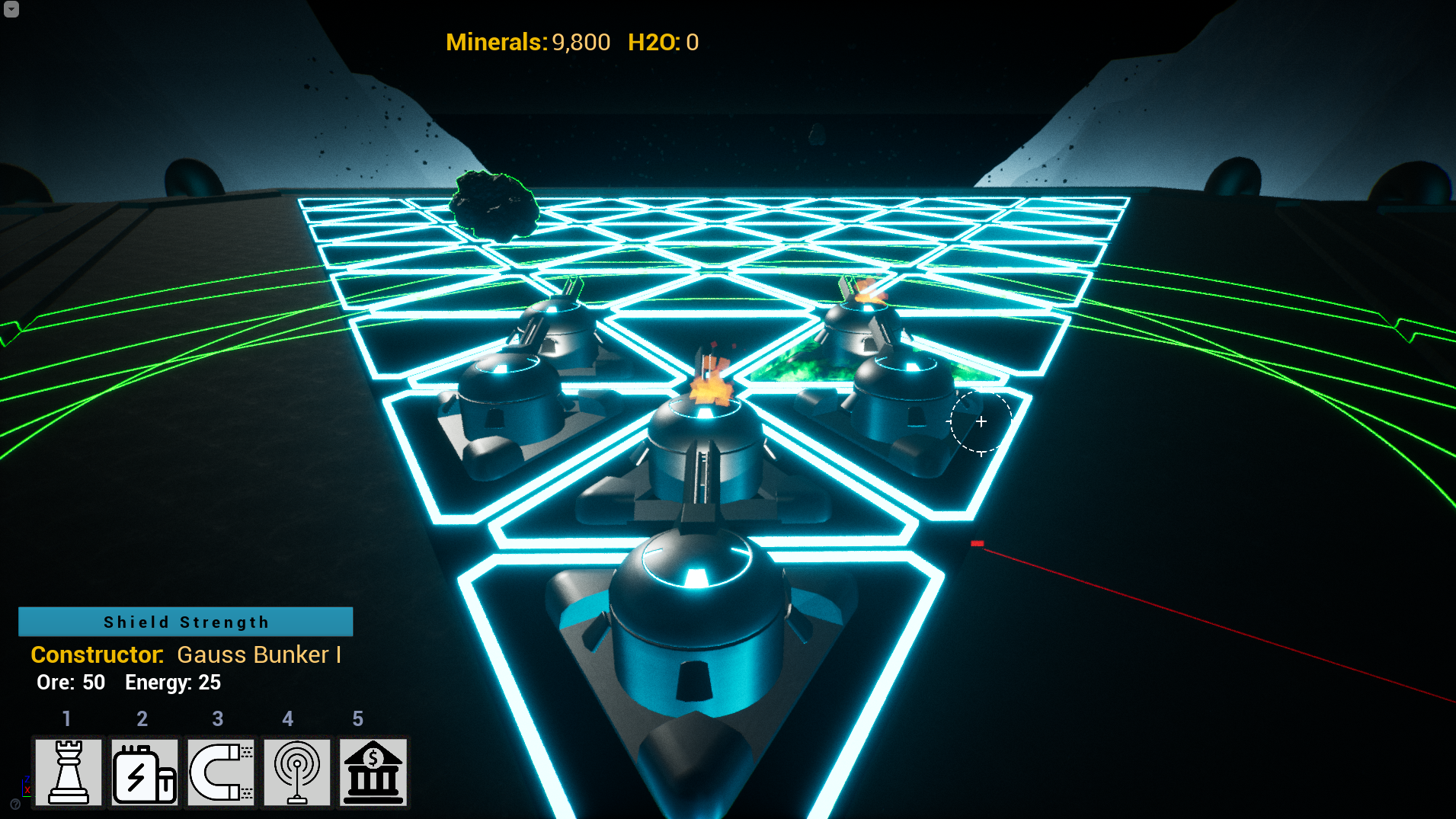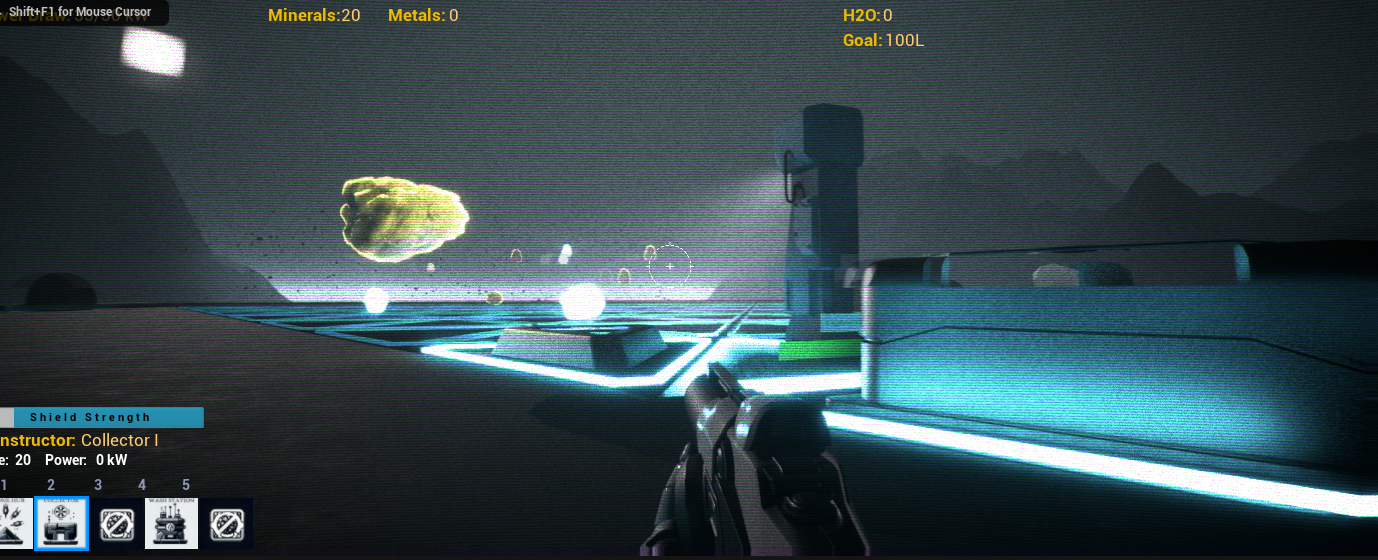
The Atlas Problem
I am leading a team currently working on the early stages of a VR-optional game based around a near-future tower-defense concept, with roguelike and FPS/Third-Person switching elements. I am the lead developer and game designer, as well as (when I get the itch to draw) overly-detailed in-fiction blueprints and concept art.
The Atlas Problem has a playtest available on Steam, and is set to enter Early Access later this year, with a release near the end of 2025.
Contributions: game design, storyline, storyboarding, concept rendering, Unreal development, project management
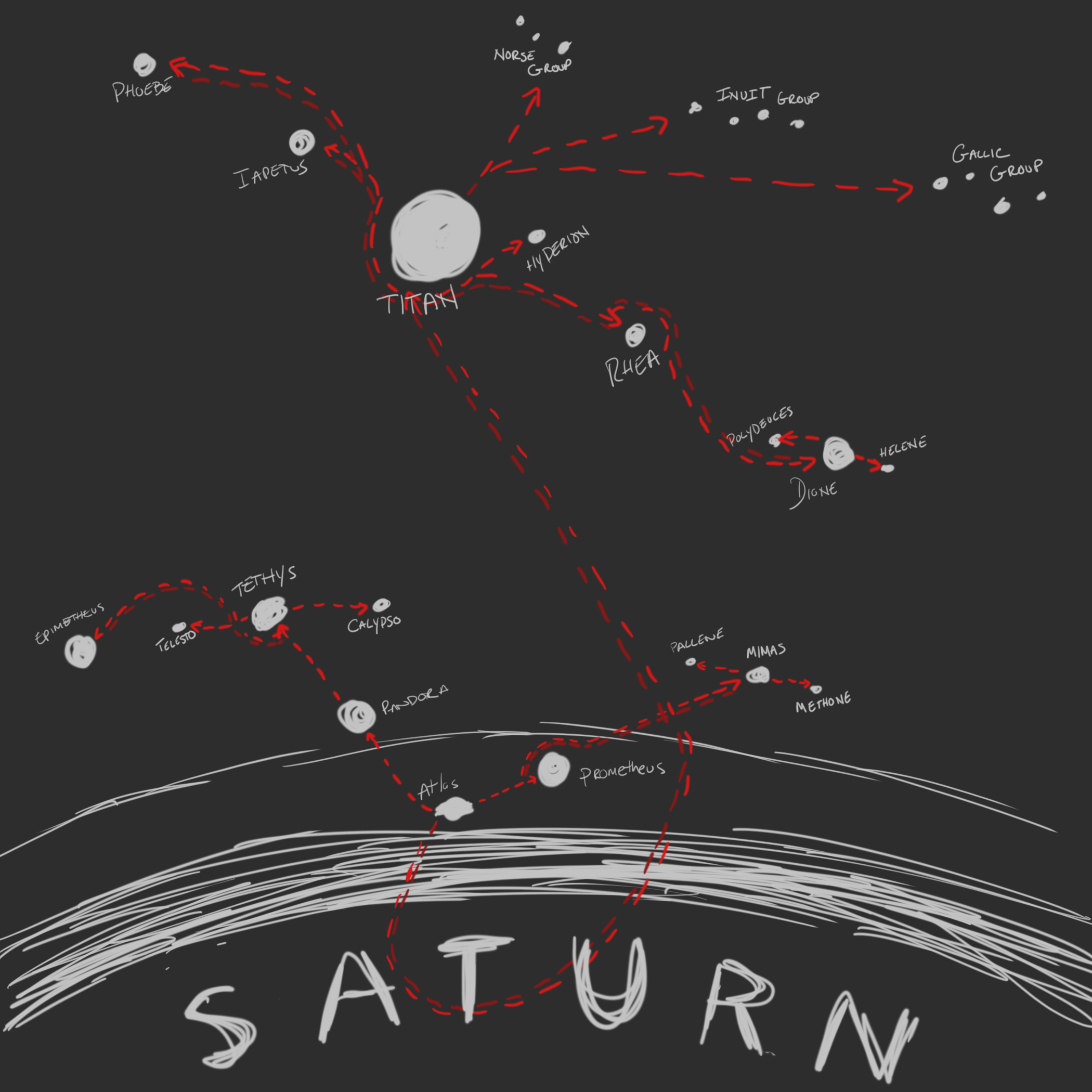
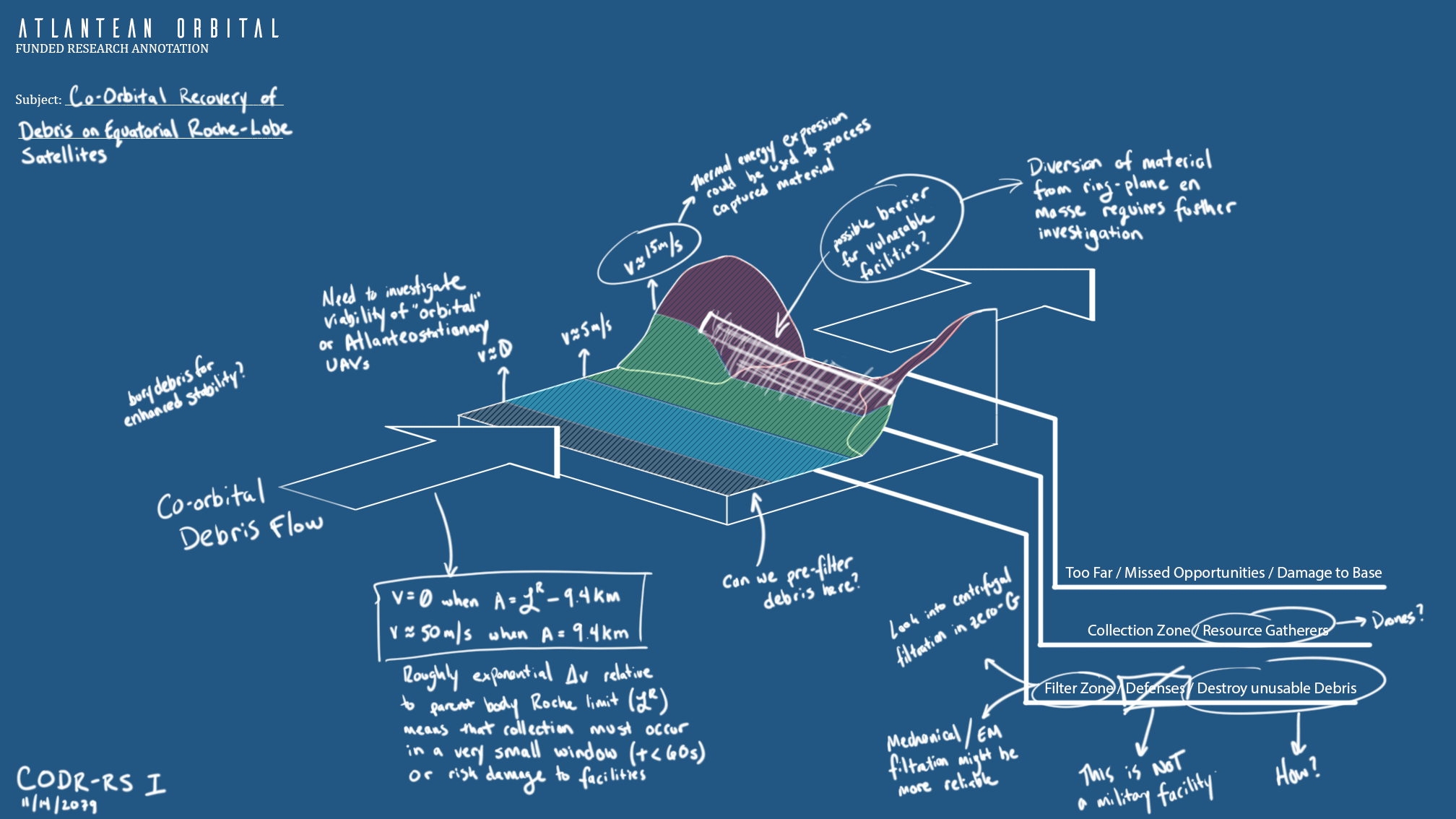
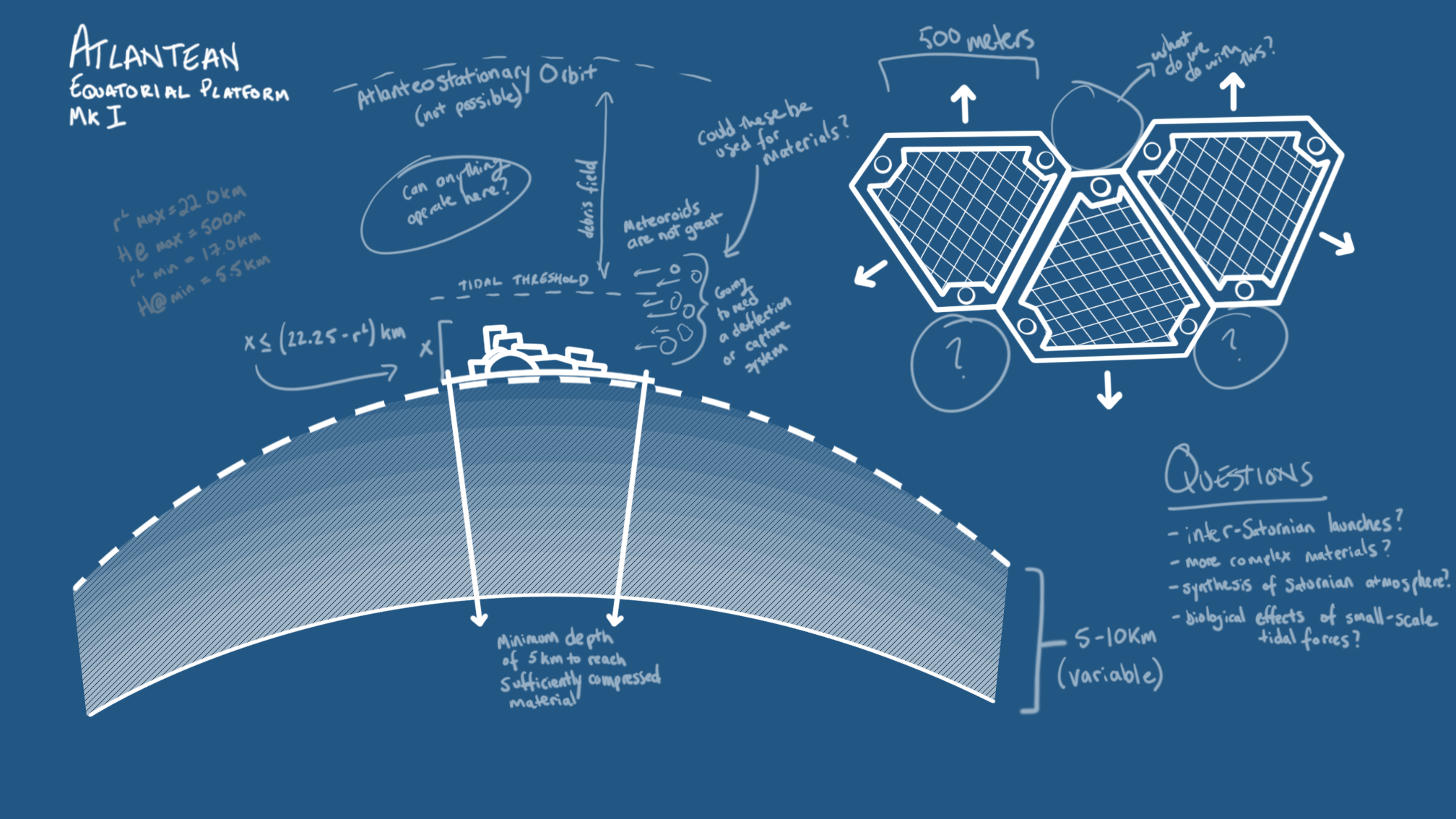
“What do you want to make?”
The first stage of a project like this, for me, is always to get the core concept as solid as possible. For Atlas, one of our driving philosophies is for the game to be modern “hard sci-fi”, which means (loosely), to be as science- and research-driven as possible. That led us to start our concepting with “in-world” design documents for Atlas Station, which you can see above.
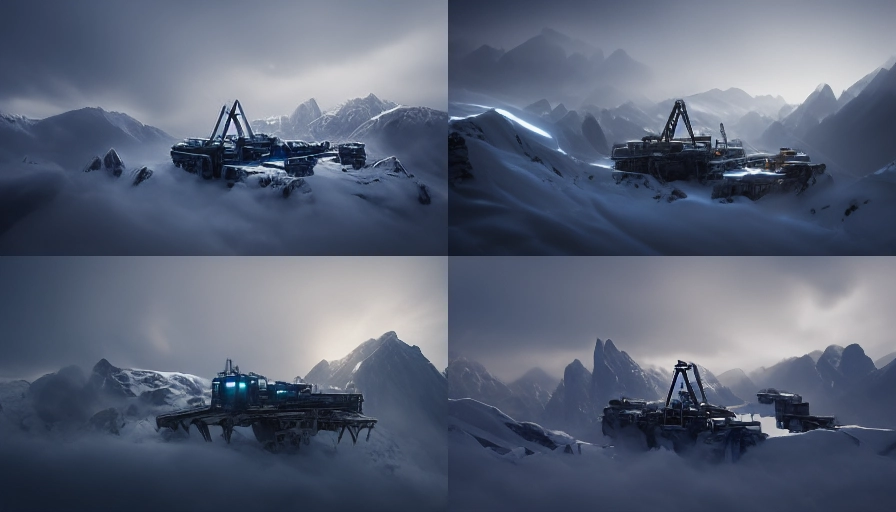
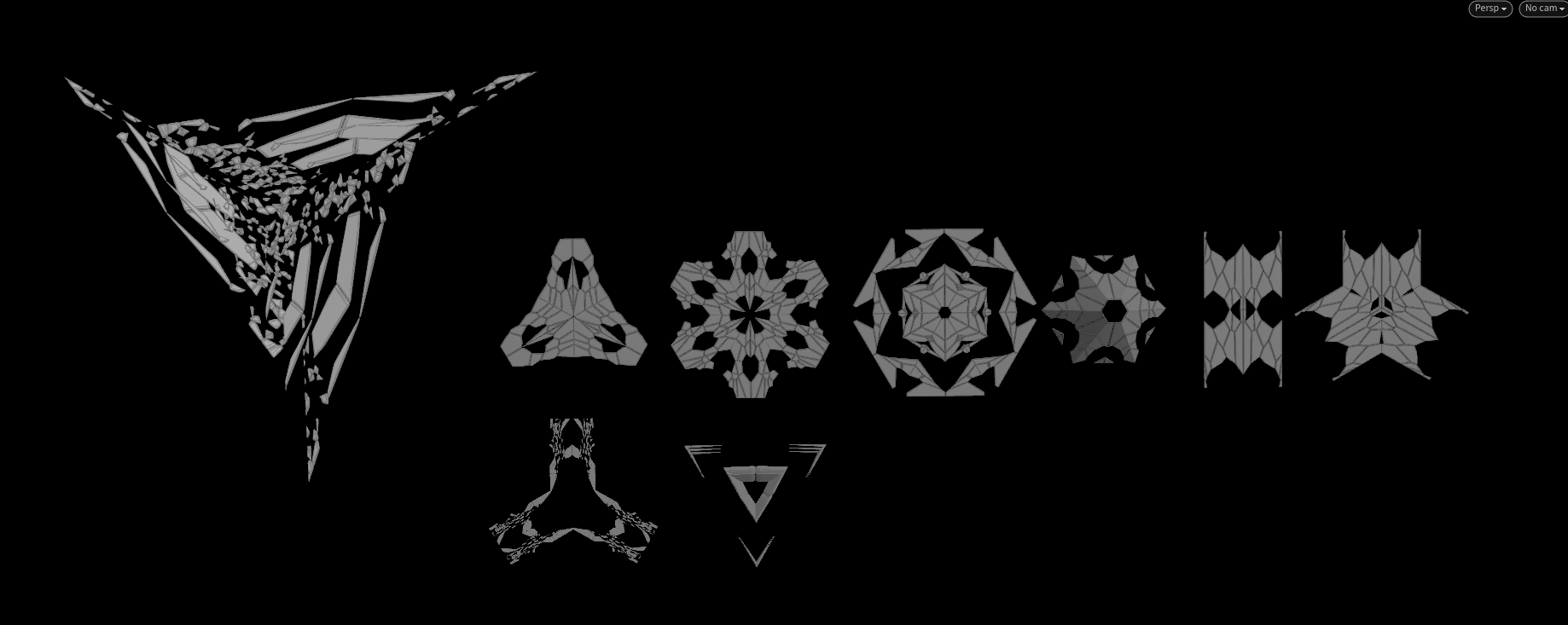

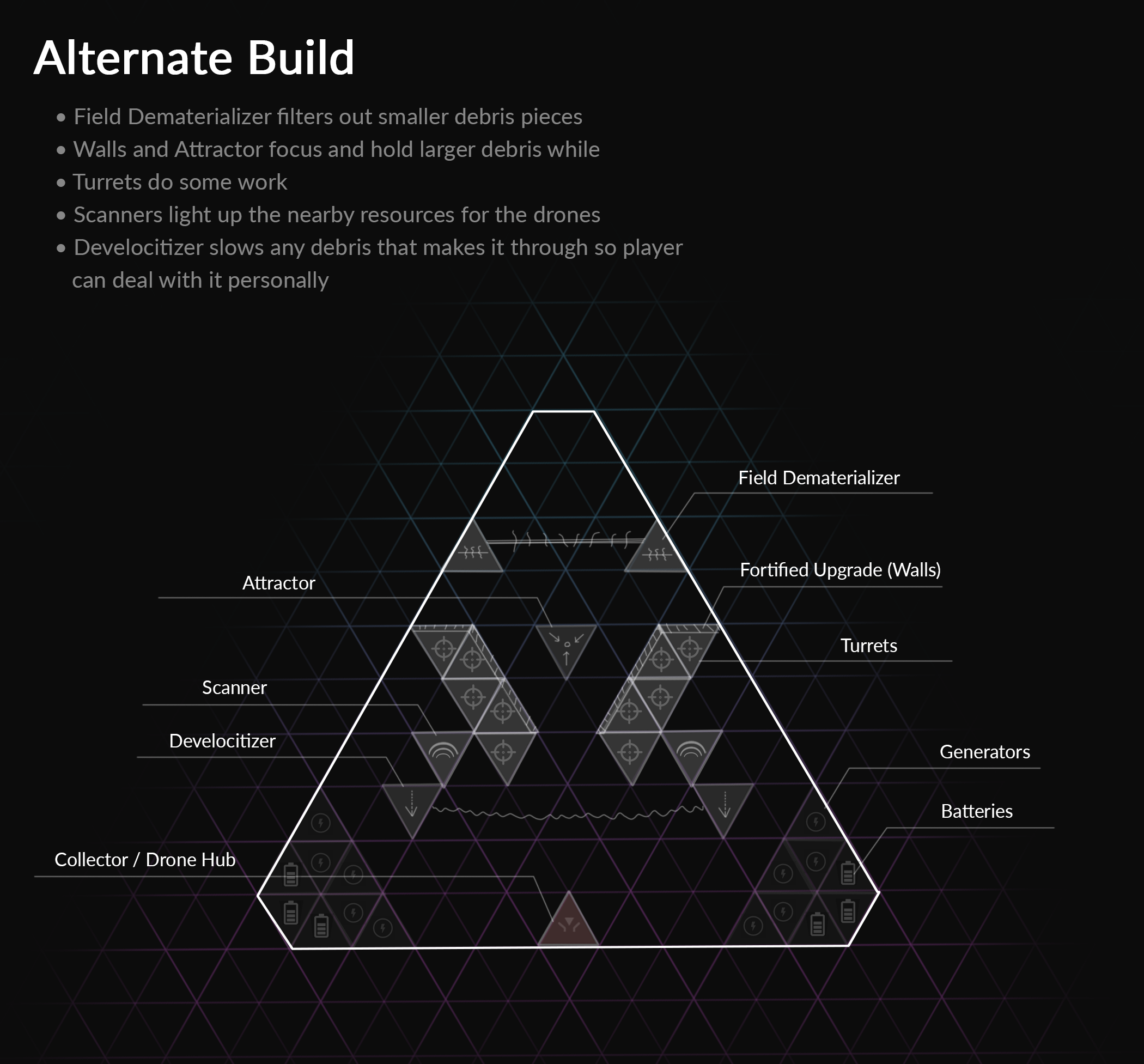
User Research
Modern product design asks that the designer understand their audience before building anything; game design is no different. To build something satisfying, you have to try your best to foresee what your users are going to want and to do.
As game-players ourselves, it was therefore an easy ask for the Atlas team to go about trying to play, conceptually, the game we wanted, and then to do our best to break it. And then we remade it again, and again, and again. And then we asked our friends to do the same, and then strangers on the internet. And… repeat.
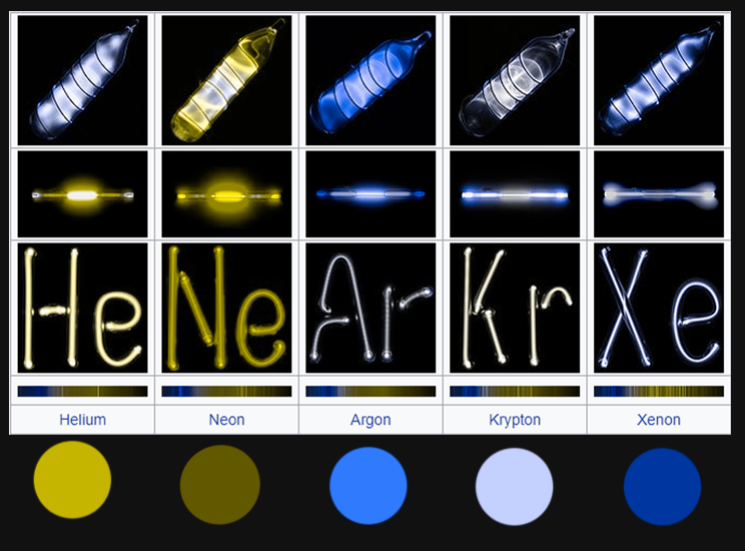
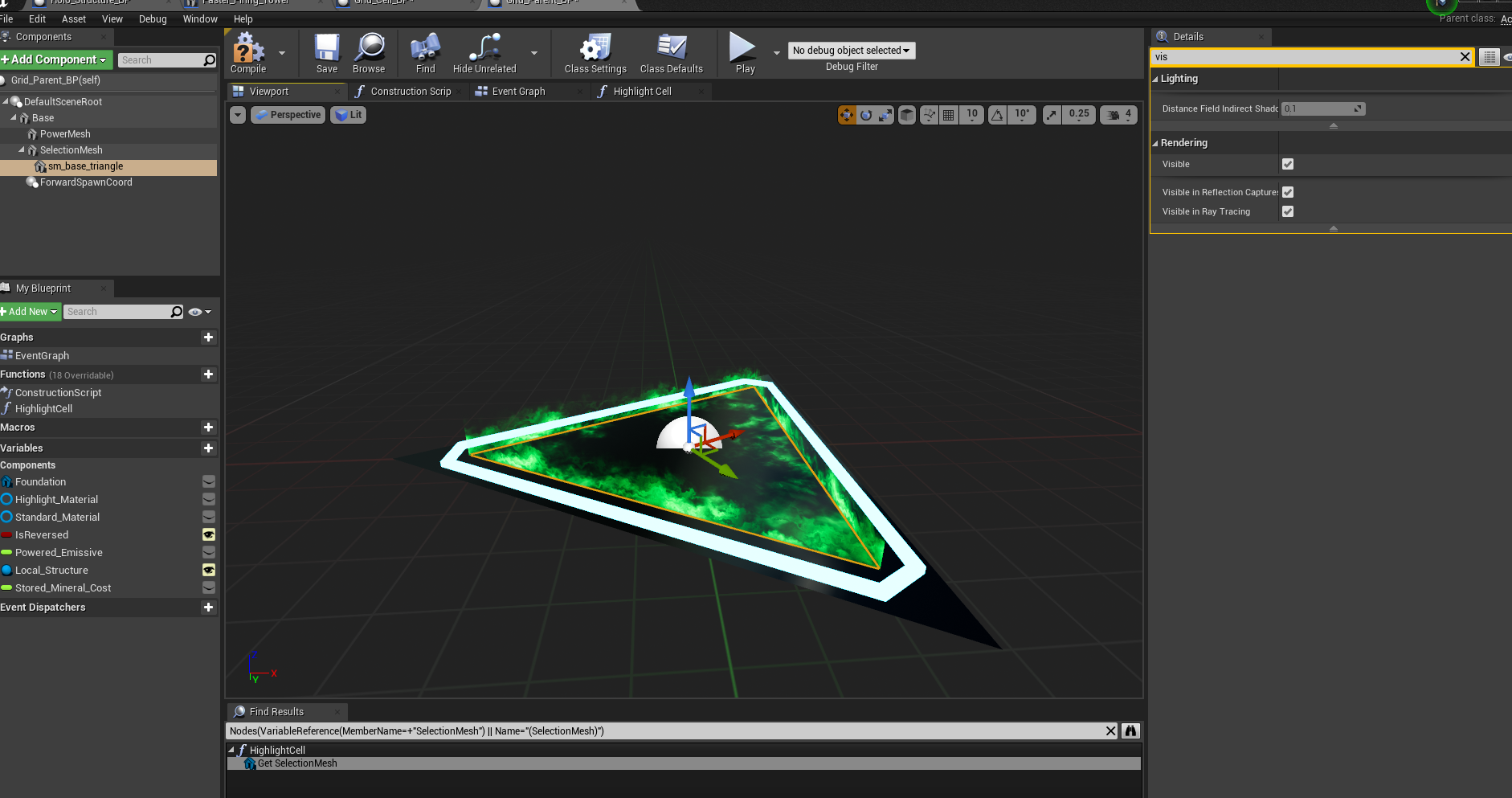
Learn by Doing
Though “art” broadly is not my strong suit, I have had an incredible teacher in Brett Shields, a lifelong friend and incredibly talented digital artist. On Atlas, I’ve had the chance to expand my skills into materials and effects work, and (in line with my general approach to creative projects) done an enormous amount of pre-viz research.
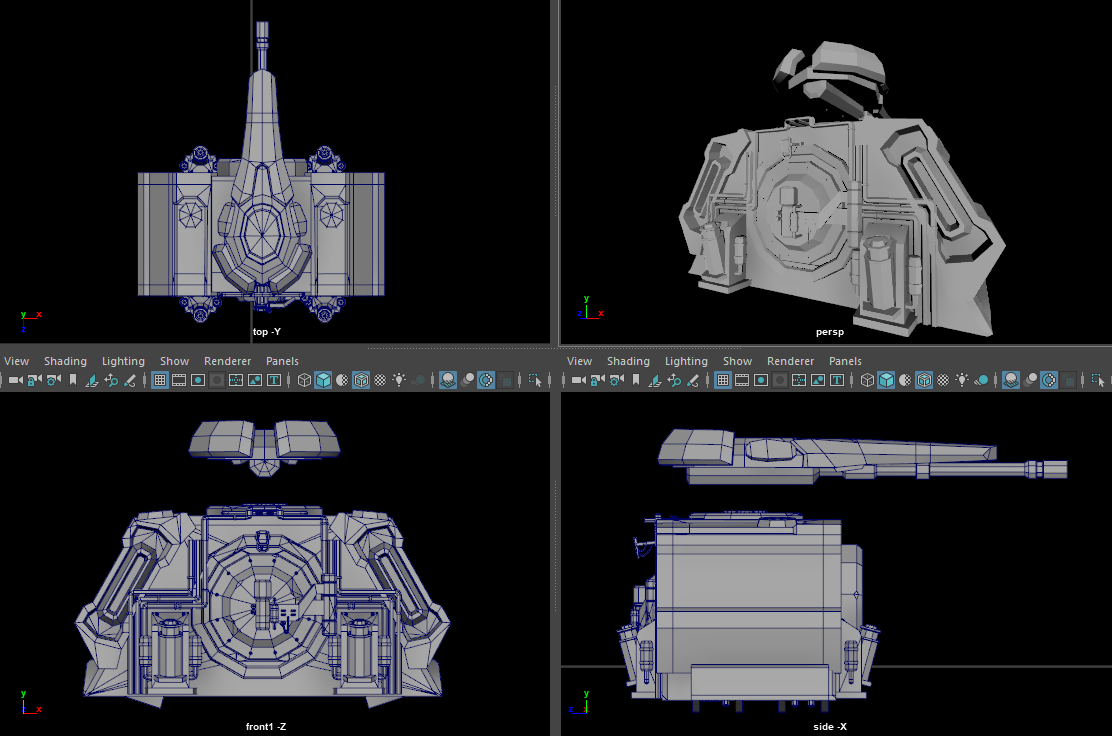
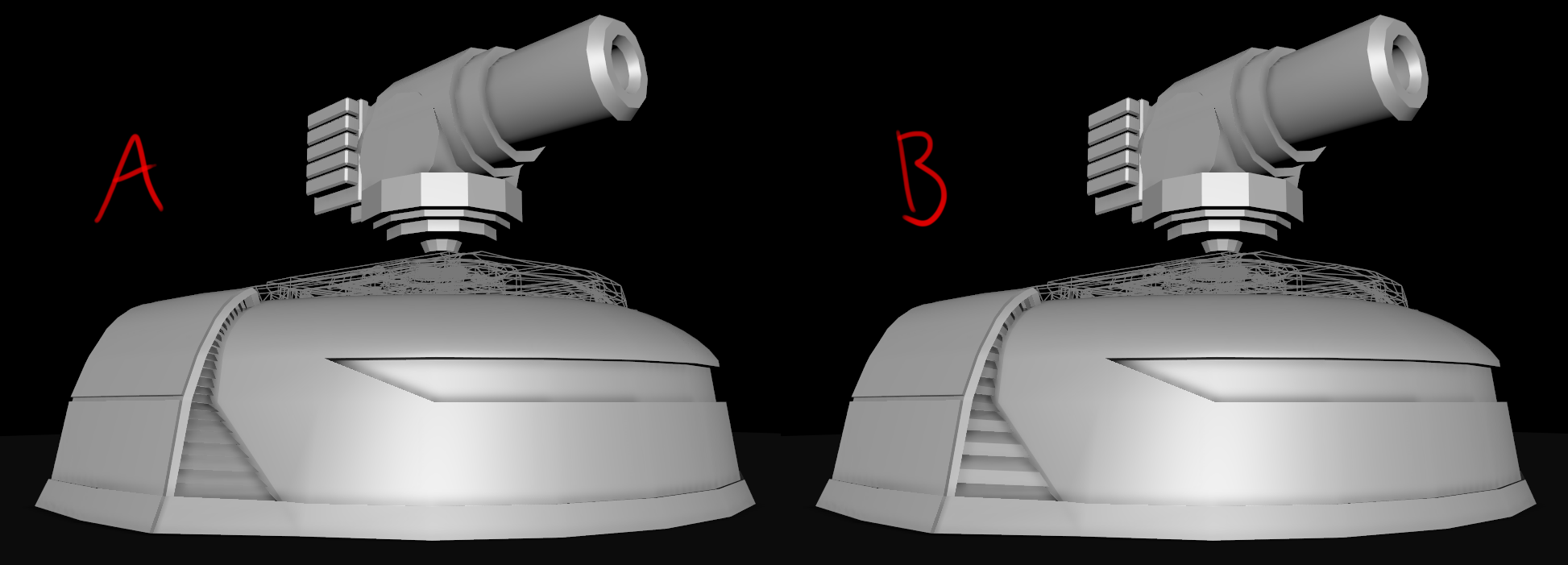
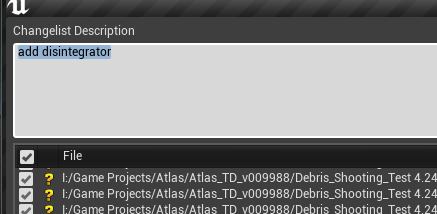
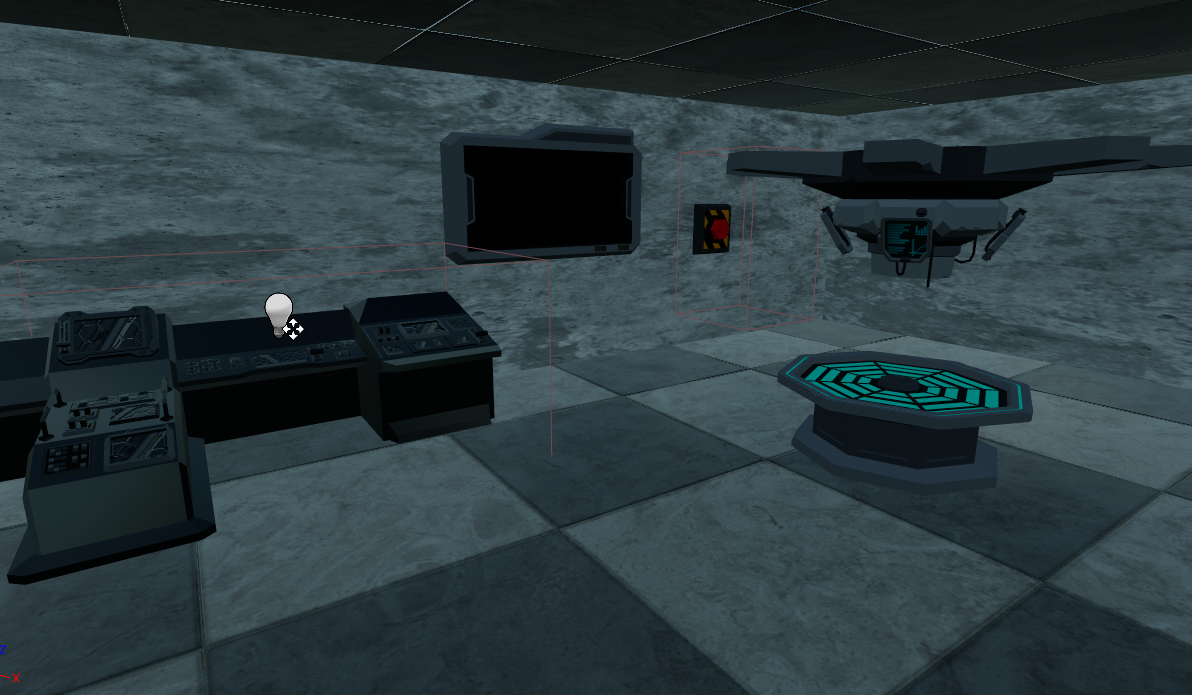
"That Looks Like Half-Life!"
…was the first thing that a QA tester said to me upon booting up an early, almost-greybox alpha build of Atlas. I, honored, responded with excitement, to which they replied, “No, I mean the first one. It looks like crap, man.”
Thus began a useful reminder in expectation-setting. In psychology there is a concept called “anchoring”, which (very simplified) suggests that most people make judgments relative to a first impression, the base from which they can set their opinion. For game development purposes (and really all experience design), it’s thus critical that you control and understand the first moments that the audience interacts with your work.
For Atlas, that meant building a “complete” slice of our game, with near-finished assets and design, rather than a greyboxed-out one. Up front it has resulted in more work, but it has allowed us the chance to refine everything in one go, rather than set a sour first impression on our early audience.
